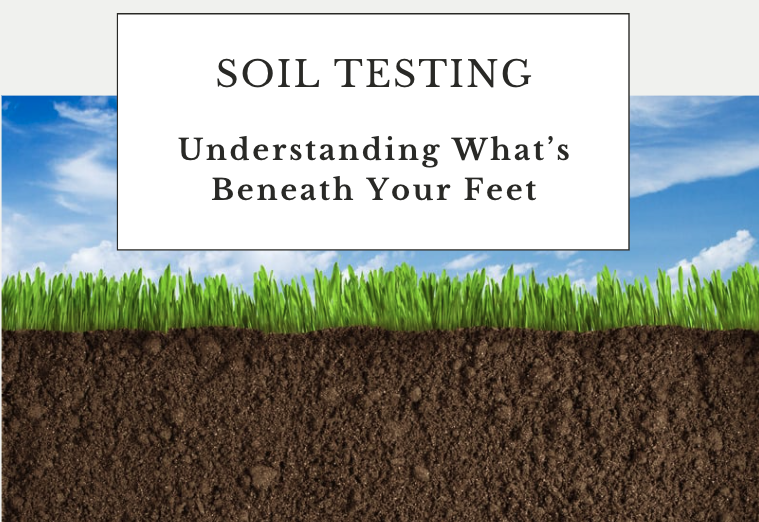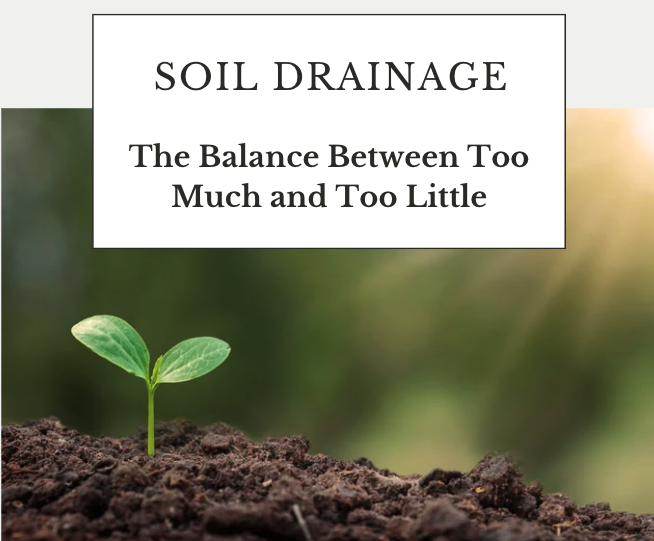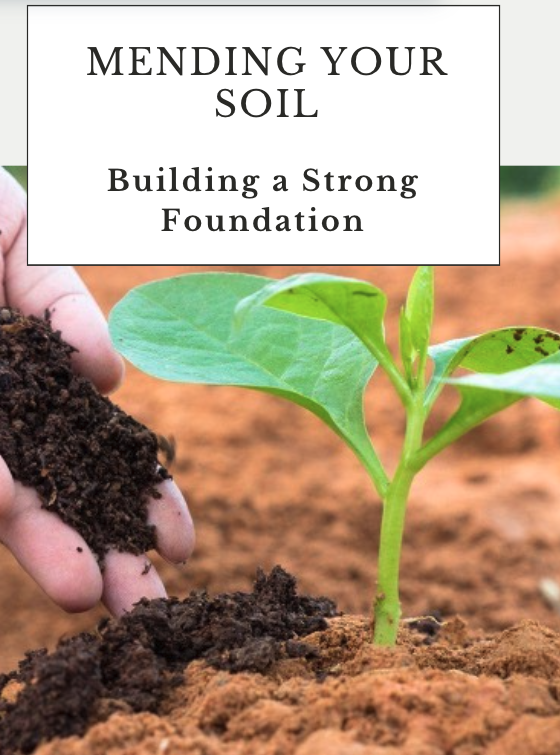Steps to a Successful Garden
go.ncsu.edu/readext?1050402
en Español / em Português
El inglés es el idioma de control de esta página. En la medida en que haya algún conflicto entre la traducción al inglés y la traducción, el inglés prevalece.
Al hacer clic en el enlace de traducción se activa un servicio de traducción gratuito para convertir la página al español. Al igual que con cualquier traducción por Internet, la conversión no es sensible al contexto y puede que no traduzca el texto en su significado original. NC State Extension no garantiza la exactitud del texto traducido. Por favor, tenga en cuenta que algunas aplicaciones y/o servicios pueden no funcionar como se espera cuando se traducen.
Português
Inglês é o idioma de controle desta página. Na medida que haja algum conflito entre o texto original em Inglês e a tradução, o Inglês prevalece.
Ao clicar no link de tradução, um serviço gratuito de tradução será ativado para converter a página para o Português. Como em qualquer tradução pela internet, a conversão não é sensivel ao contexto e pode não ocorrer a tradução para o significado orginal. O serviço de Extensão da Carolina do Norte (NC State Extension) não garante a exatidão do texto traduzido. Por favor, observe que algumas funções ou serviços podem não funcionar como esperado após a tradução.
English
English is the controlling language of this page. To the extent there is any conflict between the English text and the translation, English controls.
Clicking on the translation link activates a free translation service to convert the page to Spanish. As with any Internet translation, the conversion is not context-sensitive and may not translate the text to its original meaning. NC State Extension does not guarantee the accuracy of the translated text. Please note that some applications and/or services may not function as expected when translated.
Collapse ▲At its core, soil is “a dark material consisting of a mixture of organic remains, clay, and rock particles.” Its role is to provide water, nutrients, air, and microbes to support the roots of plants. However, not all soils are created equal, and understanding the specific characteristics of your garden soil can make all the difference.
SOIL TESTING: Understanding What’s Beneath Your Feet
The first step in building a healthy garden is to test your soil. Soil testing helps you determine the chemical makeup of your soil, its nutrient balance, and what might be missing. Fortunately, you can easily have your soil tested through your local N.C. Cooperative Extension Office. By taking a soil sample, you can identify issues like pH imbalances or nutrient deficiencies that could hinder your plants’ growth.
For example, if you’re trying to grow acid-loving plants like hydrangeas, but your soil has a pH over 7.0 (neutral to alkaline), your plants might struggle despite perfect growing conditions. A soil test will help you understand the best plants for your soil, or what amendments you can make to improve conditions.
Once your soil is tested, it’s not necessary to retest every year unless you make significant changes to your garden. Generally, sandy soils should be retested every 2-3 years, and heavy clay soils every 3-4 years to keep track of nutrient levels and pH.
SOIL DRAINAGE: The Balance Between Too Much and Too Little
Another critical factor in soil health is drainage. A well-drained soil allows plant roots to access water and oxygen, which is essential for growth. If soil drains too quickly, it may not retain enough nutrients for plants to thrive. On the other hand, poor drainage can lead to waterlogged soil, depriving roots of oxygen and possibly leading to root rot.
In many cases, poor drainage is a sign of heavy clay content or compacted soil. Fortunately, there are several ways to improve soil drainage:
- Aerate the soil: Loosening compacted soil allows better water movement and root penetration.
- Amend the soil: Add organic materials, such as compost, leaves, or grass clippings, to improve soil structure and drainage. Just be sure you know whether or not pesticides, including herbicides have been applied to the lawn or landscape where the leaves came from. Some of those chemistries have a long residual effect.
- Raised beds: In some cases, creating raised garden beds with improved soil may be the best solution.
MENDING YOUR SOIL: Building a Strong Foundation
Not all soils are perfect, but that doesn’t mean your garden dreams are out of reach. If your soil needs improvement, there are plenty of ways to amend it. The easiest and most effective way for home gardeners to improve soil health is by adding organic materials.
Organic matter such as compost, leaves, or grass clippings can significantly enhance soil structure. These materials improve soil porosity, drainage, and nutrient retention, creating an environment where plants can flourish.
- Compost: Purchase compost from a local nursery, or make your own from kitchen scraps, yard waste, and organic matter.
- Leaves: Raked leaves that have broken down into small, decayed pieces can enrich your soil.
- Grass Clippings: When used properly, grass clippings can be a great source of nitrogen for your garden soil.
These materials break down over time, enriching the soil and making it more suitable for plant growth.
In Summary: Steps to a Successful Garden
By testing your soil, ensuring proper drainage, and amending it with organic materials, you’ll lay the groundwork for a successful garden in 2025. A little effort now can go a long way in helping your plants thrive throughout the year.
Remember, soil is the foundation of all plant life, and understanding how to nurture it will lead to greater gardening success. For more information on soil testing or to get your soil tested, visit the N.C. Cooperative Extension in Swain and Jackson Counties.
We look forward to bringing you more tips and resources throughout the year to help you grow a healthier, more vibrant garden!
- NC State Extension Publications “A Gardener’s Guide to Soil Testing”. Lucy Bradley, Deanna Osmond
- NC State Extension Master Gardener Handbook – SoilFacts: Careful Soil Sampling – The Key to Reliable Soil Test Information. AG-439-30
- NC State Extension Publications “Modifying Soil for Plant Growth Around Your Home”. Luke Gatiboni, Ekrem Ozlu, Christiana Kranz, and Josh Heitman
Written By: Molly Gillespie, Extension Master Gardener Volunteer
Edited by: Minda Daughtry







